curatorial text
Florencia Battiti
Finding meaning through shapes
“If we talk to a brick and ask him what he likes the most, he will say he likes arches. If we say to him: ‘Look, arches are expensive, instead you can always use a concrete lintel to take the place of an arch’, the brick will respond: ‘I already know that they are expensive and probably cannot be built in these times; but if you ask me what I like, I will keep on saying I like the arches’”.
– Louis I. Khan
Nothing is what it seems in the works of Marcela Cabutti. It is true that the materials she uses show themselves bluntly −the brick is in sight, the glass is translucent or colored− and it is also true that some of the pieces find their closest reference in architecture −we easily recognize arches and columns− but even so, the formal composition of these works appear to us as obstinate and somewhat indiscernible, as if they were slipping away to another time and to another space that does not fit entirely in that of our contemporaneity.
“When in front of an image, we are looking at time” said Didi-Huberman, “as before the frame of an open door …”. And before these new pieces by Marcela, one finds oneself tracing associations and, somehow, trying to order the whirlpool of sensations that they awaken. Its forms and materiality raise infinite questions. What kind of emotion is necessary to unite the solidity of the brick with the fragility of the glass? What kind of breath brought these strange buildings to life? What sensation would the drops of crystal rain produce in my body?
We know that Marcela is attracted to construction processes and the durability of knowledge over time. For some years, she has been working in direct relationship with large industries, such as the San Carlos Glassware and the Ctibor brick factory, sharing practices, affections, skills, and experiences with those who work there, and then testing in the workshop the ways and means of solving what her pieces require. Likewise, she tells us of her admiration for architects such as Amancio Williams or the Uruguayan Eladio Dieste, who knew how to take their craft to degrees of experimentation and creativity that undoubtedly link them to artistic practice. But in this case, the figure that stands out about the conception of these works – and from whom the title of the exhibition comes – is that of Louis Khan, a mystic of architecture who assured that the form emerges from his construction system and that when working the materials – the brick for example – you have to ask them what they want or can be, listen to them, pay attention to what they aspire to, and then subject them to the construction process that best suits their desire.
Thus, for Marcela, the exercise of verifying the forms becomes a practice of understanding, verification of knowledge, experience, and intuition, to finally arrive at the meaning and essence of those forms by specifying the material realization of her pieces.
On the other hand, the dialogue that these works establish with the gallery space -especially the column of mini-bricks- is directly linked to their specificity, their willingness to relate to the environment, aware that they are not in neutral territory but that intervene in a pre-existing spatiality, and therefore, interfere with the meanings, the physical layout and the history of the place, reconfiguring it.
True philosophers are often said to create new concepts. In this sense, I like to think of Marcela as a philosopher of forms, an artist who creates pieces that – although they partially modulate a known language – are worth themselves as new worlds, as unprecedented conformations crossed by concepts and affections that come from her, but at the same time they exceed her, becoming independent of who experienced them to acquire a life of their own.
view more
exhibition

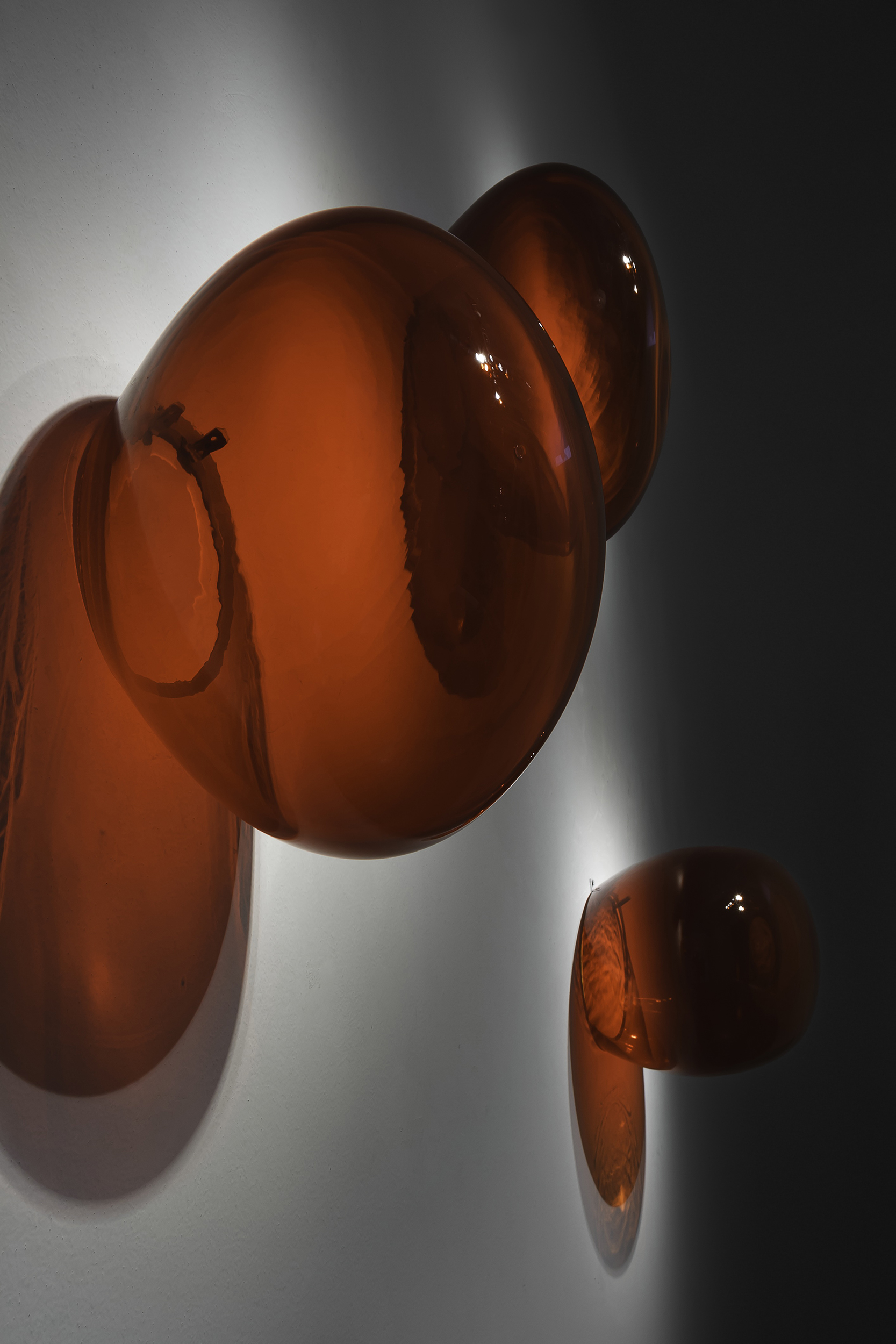


other exhibitions
Axel Straschnoy, Beto De Volder, Clorindo Testa, Emilio Pettoruti, Enio Iommi, Esteban Pastorino, Gyula Kosice, Manuel Espinosa, Marcela Cabutti, Matilde Marin, Rogelio Polesello, Romina Ressia, Romulo Macció · 12.12.2023 - 15.02.2024
Indefinit

Axel Straschnoy · 02.11.2023 - 29.12.2023
Brave the Heavenly Breezes

André Komatsu, Enio Iommi, Clorindo Testa · 23.08.2023 - 31.10.2023
Hiato

Mariela Vita · 12.07.2023 - 16.08.2023
GEJIGEJI
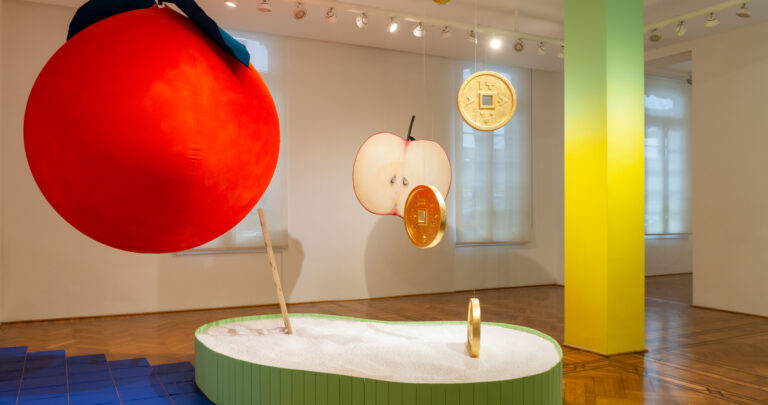
Polesello, Aizenbeg, Kosice, Vardanega, Le Parc, Iommi, Puente, Arden Quin, Espinosa, Demarco, Straschnoy, De Volder, Pastorino, Imola, Batistelli, Cabutti, Reyna · 09.02.2023 - 15.03.2023
Eléctrico/ ecléctico

Fabiana Imola & Aníbal Brizuela · 16.09.2022 - 02.12.2022
Inside, the shapes. They move alone

Romina Ressia · 09.06.2022 - 25.08.2022
Grow flowers

Martín Reyna · 11.03.2022 - 03.06.2022
Color in transit

Matilde Marín · 08.02.2022 - 02.03.2022
25FPS

Clorindo Testa · 11.11.2021 - 31.01.2022
Testa, projects and other games

Cabutti, De Volder, Reyna, Imola, Ventoso, Ressia. · 05.10.2021 - 22.10.2021
Group Show 2021 II

Matilde Marín · 23.07.2015 - 21.09.2015
Undetermined landscapes

Marcela Cabutti · 16.07.2021 - 22.09.2021
Balcarce, topographic memories of a landscape

Benito Laren · 12.05.2012 - 22.06.2012
Casino

Lila Siegrist · 26.06.2012 - 27.08.2012
Vikinga Criolla

Cárdenas, Imola, Marin, Res, Sommerfelt, Ventoso · 10.08.2012 - 11.10.2012
Morphological confrontations

Martin Reyna · 20.09.2012 - 20.11.2012
Reyna in the horizon of color

Romina Orazi · 04.12.2012 - 04.02.2013
Subject to infinite division

Aizenberg, Boto, Espinosa, Iommi, Lozza, Le Parc, Kosice, Silva, Tomasello, Vardánega · 01.06.2013 - 31.07.2013
Dimensional

Antoniadis, Marín · 07.09.2013 - 07.11.2013
Double contrast

Andrés Sobrino · 28.03.2013 - 30.05.2013
Andrés Sobrino

Antoniadis, Cabutti, Laren, Reyna, Florido, Sobrino, Straschnoy, Tarazona, Ventoso · 20.12.2013 - 15.02.2014
Universus

Elena Dahn · 25.03.2014 - 26.05.2014
Elena Dahn

Axel Straschnoy · 12.11.2014 - 19.01.2015
La Figure de la Terre

Fusilier, León, Quesada Pons y Vega · 15.03.2015 - 30.04.2015
Limbo

Luciana Levington · 28.05.2015 - 24.07.2015
Luciana Levinton
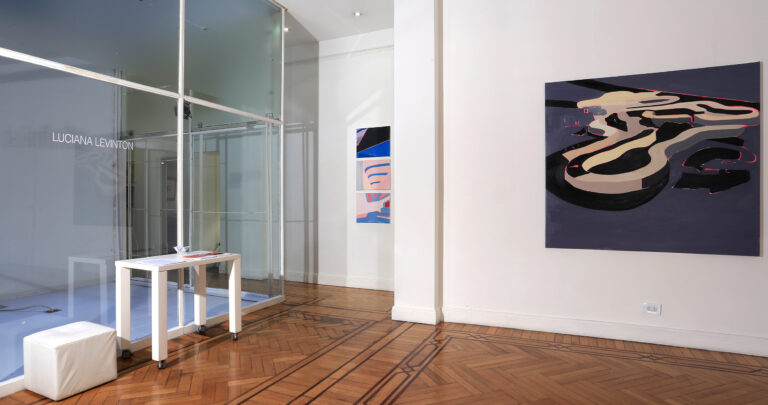
Leo Battitelli · 12.11.2015 - 12.01.2016
Gargalhadas

Hasper, Scafati · 10.02.2016 - 11.04.2016
Womens’ double
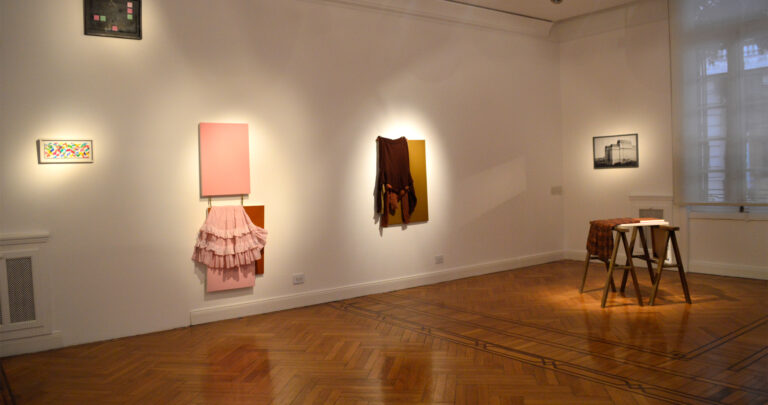
Axel Straschnoy · 12.05.2016 - 13.06.2016
Today, great tomorrow!, in the pines wind blows from the past.

Arden Quin, Boto, Demarco, Espinosa, Iommi, Le Parc, Lozza, Polesello, Puente, Silva, Testa, Tomasello · 07.06.2016 - 05.08.2016
Masters of the avant-garde

De Volder, Sobrino · 11.08.2016 - 10.10.2016
Andres Sobrino and Beto De Volder

Battistelli, Cabutti, Cacchiarelli, Sobrino, De Volder · 02.01.2017 - 28.02.2017
2017 Group Show

Fabiana Imola · 28.02.2017 - 14.04.2017
The forest, the rain and other scenes

Alberto Heredia · 06.09.2017 - 11.10.2017
Alberto Heredia
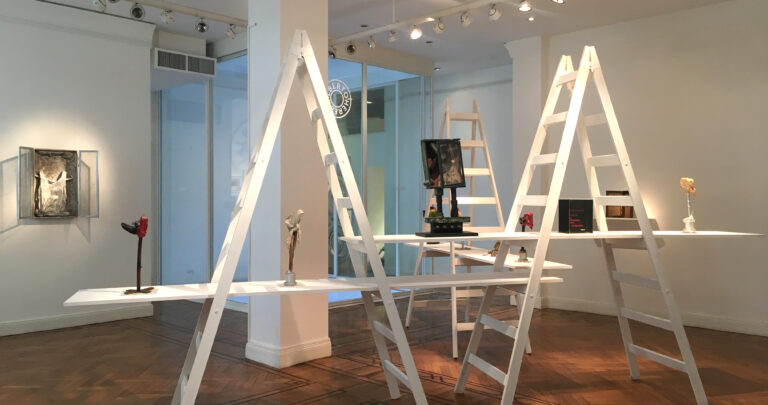
Federico Manuel Peralta Ramos · 31.10.2017 - 29.12.2017
Federico Manuel Peralta Ramos

Marcela Cabutti · 10.11.2017 - 31.01.2018
About the effective distance between objects

Luciana Rondolini · 15.02.2018 - 15.04.2018
End

Estanislao Florido · 27.04.2018 - 01.07.2018
The disenchanted object

Battistelli, Cabutti, Marín, Straschnoy, Ventoso, De Volder · 06.07.2018 - 31.08.2018
2018 Group Show

Rogelio Polesello · 06.09.2018 - 20.12.2018
Vortex

Cabutti, Imola, Marín, Reyna, Rondolini, Straschnoy, De Volder · 27.02.2019 - 03.04.2019
2019 Group Show

Alberto Greco · 04.04.2019 - 31.08.2019
The bad handwriting

Matilde Marín · 25.09.2019 - 31.12.2019
As the blue smoke of Ítaca is spotted

Esteban Pastorino · 10.09.2020 - 29.01.2021
Pastorino

Marín, Imola, De Volder, Reyna, Florido, Straschnoy, Pastorino · 08.02.2021 - 01.04.2021
2021 Group Show

Alberto Greco · 06.04.2021 - 30.06.2021
LA PITTURA È FINITA. Poses and impostures of Alberto Greco in Italy
